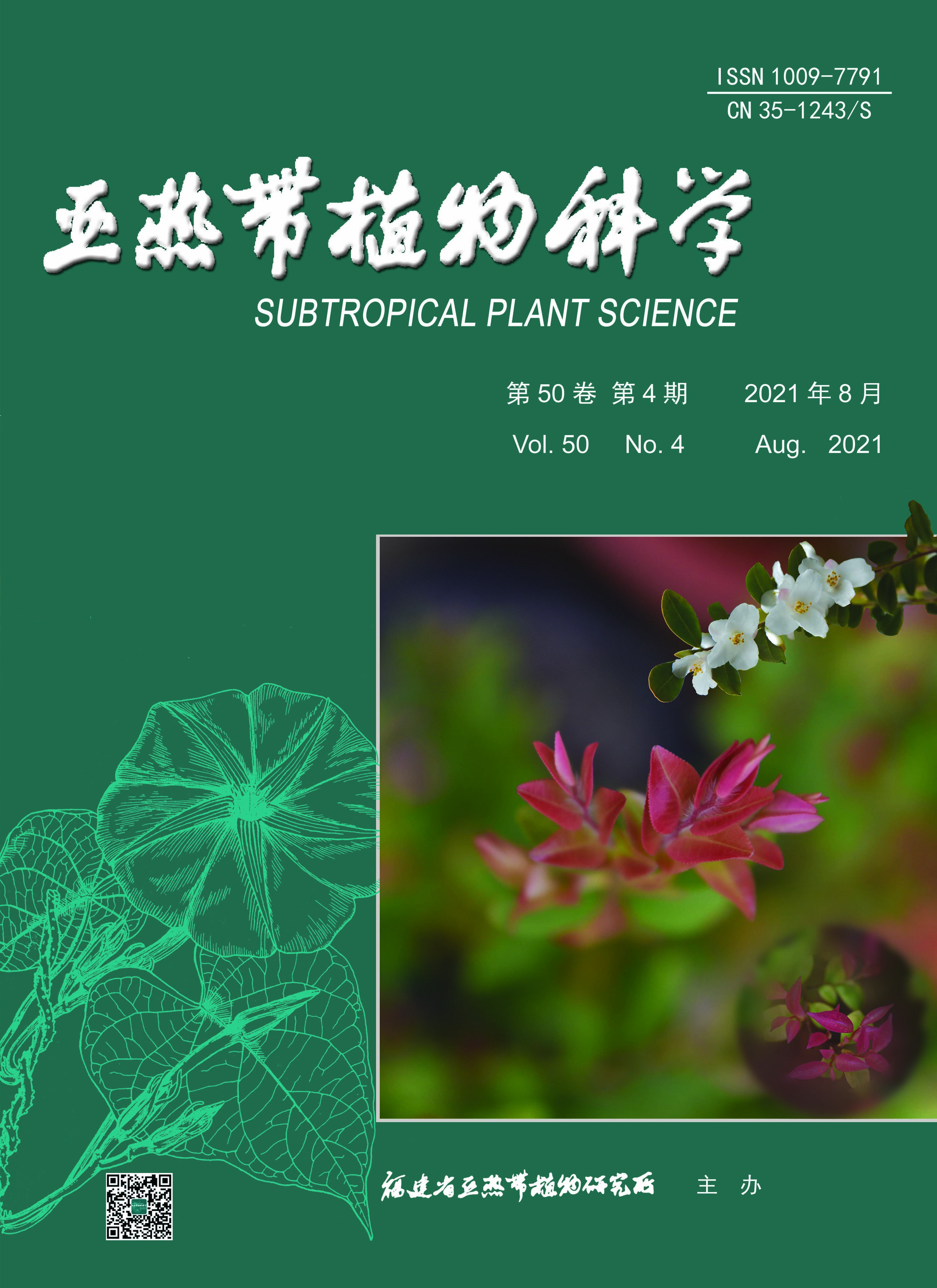|
|
Succession Dynamics of Plant Community in Yangmeikeng Mountain, Shenzhen
LEI Jin-man, HUANG Yu-yuan, SUN Ying-fang, YANG Zhi-ming, YU Xin-fan, SUN Shuang-shuang
2021, 50(04):
278-289.
DOI: 10.3969/j.issn.1009-7791.2021.04.007
Taking two plant communities in Yangmeikeng mountain in Shenzhen as the survey object, the changes of species composition, species diversity characteristics and important values of the community were analyzed, and the succession dynamic pattern of plant community in different stages was discussed. The results showed that after 7 years of succession, the richness of the two plant communities increased, and the species composition in the two plant communities differ significantly. The natural landscapes of the two plant communities are also different in different periods. In the community family, genus, species of the quantitative composition, the difference is obvious. The original Schefflera octophylla–Psychotria–Adiantum capillus-veneris community was composed of 26 families, 36 genera, 39 species in 2013, and 19 families, 29 genera, 30 species in 2018, and a total of 32 families, 51 genera, 61 species in 2019; the original Machilus velutina–Fissistigma oldhamii–Adiantum capillus-junonis community was composed of 25 families 30 genera 33 species in 2013, a total of 24 families 33 genera 33 species in 2018, and a total of 42 families 67 genera 83 species in 2019. The species diversity index and Pielou evenness index of tree layers, shrub layers and herbaceous layers in both plant communities almost decreased first and then increased. The species composition of trees, shrubs, and herbaceous layers in the succession series showed the tendency of shade-tolerant species to replace shaded-intolerant species, and the hierarchy of plant community changes from simple to complex.
References |
Related Articles |
Metrics
|
